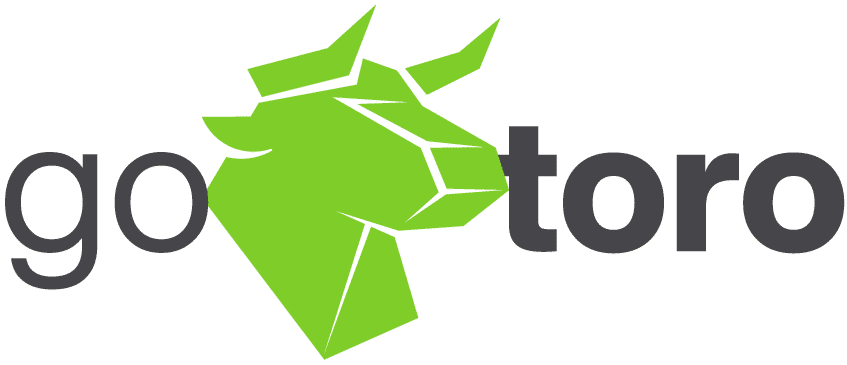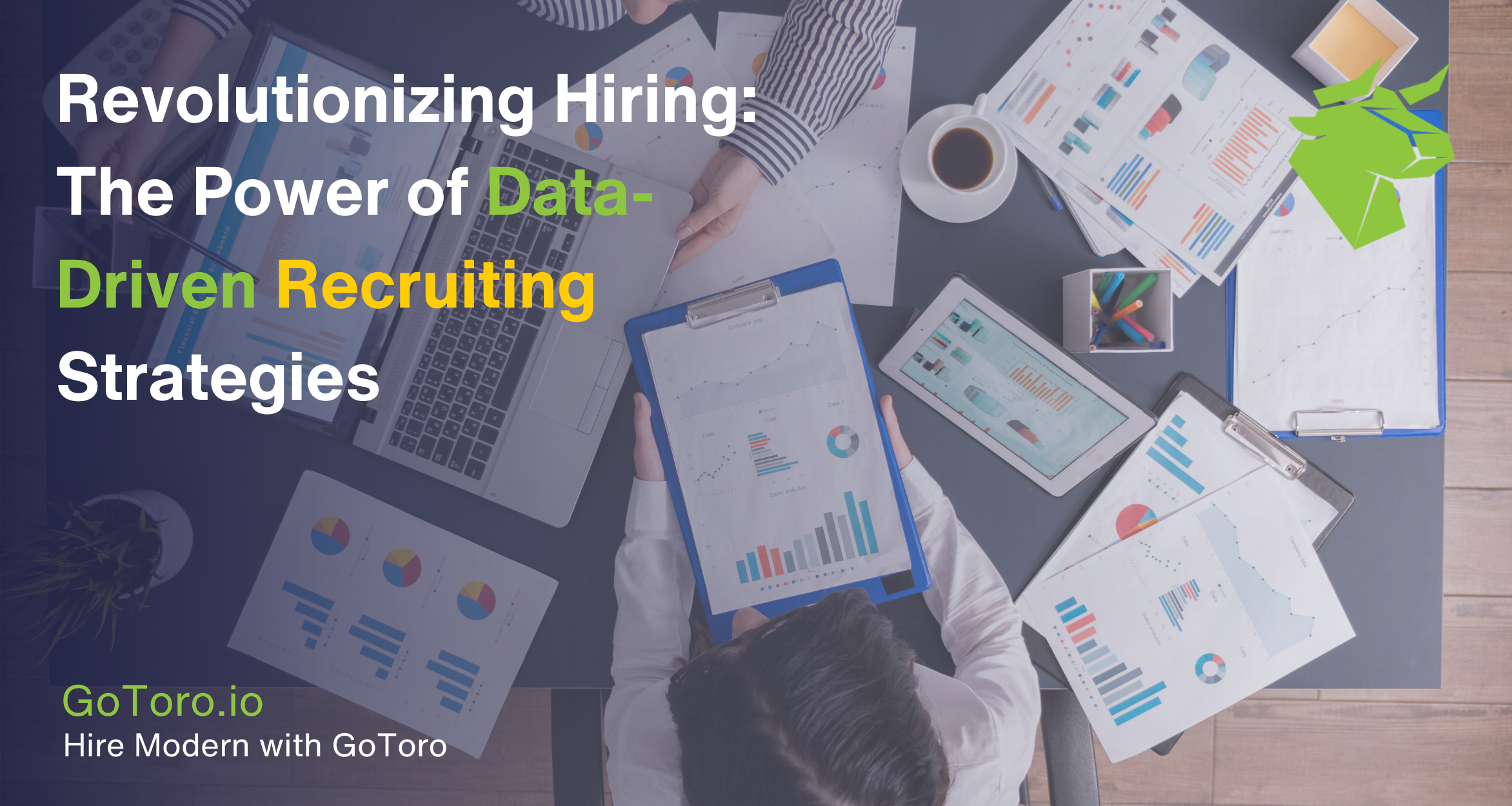In the realm of human resources, traditional hiring practices have long been fraught with inefficiencies, subjective judgments, and a susceptibility to unconscious biases. These conventional methods often rely heavily on the intuition of recruiters and hiring managers, leading to decisions that may not always align with the best interests of the organization or its diversity goals. The introduction of data-driven recruitment presents a transformative solution to these enduring challenges. By leveraging the power of data analytics, organizations can make more informed, objective, and strategic hiring decisions, fundamentally changing the way talent is identified, engaged, and onboarded.
The Rise of Data-Driven Recruiting

Data-driven recruitment refers to the strategic use of data analytics and metrics to guide hiring decisions, from sourcing and screening candidates to predicting future hiring needs. This approach marks a significant shift from intuition-based decision-making to a more empirical, evidence-based process. The adoption of data-driven recruitment practices is facilitated by advancements in technology and the availability of big data, which have collectively transformed many aspects of business operations, including HR and recruitment.
The essence of data-driven recruiting lies in its ability to convert vast amounts of candidate and performance data into actionable insights. These insights enable HR professionals to optimize the recruitment process, improve the quality of hires, and align talent acquisition strategies with the overarching goals of the organization. By systematically analyzing data related to candidate applications, employee performance, and hiring outcomes, organizations can identify patterns and trends that inform more effective and efficient recruitment strategies.
Objective Decision-Making: Eliminating Biases
A critical advantage of data-driven recruitment is its potential to mitigate the impact of unconscious biases in the hiring process. Traditional hiring practices are vulnerable to subjective preferences and stereotypes that can inadvertently influence decision-making, leading to a less diverse and inclusive workforce. In contrast, data-driven approaches rely on quantifiable metrics and objective criteria to evaluate candidates, thereby reducing the reliance on personal judgments and perceptions.
Data-driven recruitment promotes diversity and inclusivity by implementing standardized processes for assessing candidates based on their skills, experiences, and potential contributions to the organization. For instance, using data metrics such as performance scores in skills assessments, completion times for specific tasks, and quantifiable achievements in previous roles can help ensure that the selection process is fair and unbiased. Additionally, analyzing demographic data in relation to hiring outcomes can help organizations identify and address potential biases in their recruitment processes.
By focusing on objective data to guide hiring decisions, data-driven recruitment not only enhances the fairness and transparency of the selection process but also helps organizations build a more diverse and inclusive workforce. This approach aligns with broader societal and business imperatives for equality and represents a significant step forward in the evolution of recruitment practices.
In conclusion, the shift towards data-driven recruitment signifies a revolutionary change in how organizations approach talent acquisition. By leveraging data analytics to inform decision-making, reduce biases, and enhance the overall efficiency of the hiring process, companies can gain a competitive edge in the quest for top talent while fostering a more diverse and inclusive workplace.
Predictive Analytics: Forecasting Recruitment Success

Introduction to Predictive Analytics in Recruitment
Predictive analytics represents a pivotal component of data-driven recruitment, employing statistical models and forecasting techniques to predict future hiring trends and needs. This advanced form of analytics allows organizations to analyze historical data and identify patterns that can inform future recruitment strategies. By integrating predictive analytics into their recruitment processes, companies can anticipate the demand for new hires, understand the complexities of the talent market, and make proactive decisions that align with their long-term objectives.
How Predictive Models Can Forecast Hiring Needs and Recruitment Budgets
Predictive models are at the heart of forecasting in data-driven recruitment, offering insights into future hiring needs and enabling more accurate budget planning. These models evaluate various factors, including company growth rates, employee turnover, industry trends, and economic indicators, to predict the number and types of roles that will need to be filled. This foresight allows for better allocation of recruitment budgets. Ensuring that resources are efficiently utilized to meet both immediate and future talent requirements. By predicting periods of high demand for talent, organizations can also strategize their recruitment efforts to avoid talent shortages and maintain competitive advantage.
Enhancing Competitive Advantage Through Candidate Experience
The Link Between Candidate Experience and Company Reputation
In the competitive landscape of talent acquisition, candidate experience has emerged as a key differentiator for employers. The way candidates perceive their interactions with a company during the recruitment process can significantly impact the company’s reputation and its ability to attract top talent. Positive candidate experiences can lead to increased job acceptance rates, while negative experiences can deter potential applicants and even harm the company’s brand. Data-driven recruitment strategies prioritize the improvement of candidate experience as a means to enhance the company’s appeal to prospective hires and strengthen its position in the talent market.
How Data-Driven Strategies Improve the Application and Selection Process for Candidates
Data-driven recruitment leverages analytics to streamline and personalize the application and selection process. Making it more responsive to the needs and preferences of candidates. For example, analyzing data on candidate behavior and feedback can help organizations identify bottlenecks in the application process and implement targeted improvements. Additionally, data can inform the development of more engaging and relevant communication strategies. Further ensuring that candidates are kept informed and engaged throughout the recruitment journey. By focusing on creating a positive and seamless candidate experience, companies can increase their attractiveness as employers and encourage the best talent to join their ranks.
Implementation Strategies for Data-Driven Recruiting
Key Considerations Before Transitioning to a Data-Driven Approach
Adopting a data-driven recruitment strategy requires careful planning and consideration. Before making the transition, organizations should assess their current recruitment processes, data infrastructure, and organizational readiness for change. Key considerations include the quality and accessibility of existing data, the ability to integrate new technologies with current systems, and ensuring stakeholder buy-in across the organization. Establishing clear objectives for what the organization aims to achieve with data-driven recruitment is crucial for guiding the implementation process and measuring success.
Step-by-Step Guide on Implementing Data-Driven Recruiting Strategies
Implementing data-driven recruiting strategies begins with evaluating current processes. This involves conducting a thorough review of existing recruitment practices to identify areas for improvement and potential data sources. Next, it is essential to define objectives clearly, such as reducing time-to-hire, improving candidate quality, or enhancing diversity. Investing in technology is a critical step, selecting tools and platforms that support data collection, analysis, and reporting, with considerations for scalability and integration capabilities.
The process continues with the collection and analysis of data related to recruitment activities. Analytics should be used to uncover insights into candidate sources, selection processes, and hiring outcomes. Training your team is also crucial; ensure HR and recruitment teams are equipped with the necessary skills to leverage data analytics in their workflows. Finally, implement and iterate by applying data-driven insights to refine recruitment strategies. It is important to continuously monitor performance and adjust tactics as needed to achieve the best outcomes.
Tools and Technologies That Facilitate Data Analysis and Decision-Making

Successful data-driven recruitment relies on the effective use of technology. Tools such as Applicant Tracking Systems (ATS), Customer Relationship Management (CRM) platforms, and data analytics software play a pivotal role. ATS can automate the tracking of applicants and gather data on the recruitment process, while CRM systems help manage candidate engagement and communication. Advanced analytics platforms enable deeper insights into recruitment metrics, predicting trends, and optimizing strategies. Integrating these technologies into the recruitment process enhances decision-making and operational efficiency.
Overcoming Challenges in Data-Driven Recruiting
Common Obstacles Companies Face When Adopting Data-Driven Hiring
Transitioning to data-driven recruitment can present several challenges. Including resistance to change, data quality issues, and the complexity of data integration. Organizations may struggle with adapting to new technologies or methodologies, especially if there is a lack of data literacy within the HR team. Ensuring data accuracy and consistency across different systems can also be a significant hurdle.
Solutions and Best Practices to Navigate These Challenges
To navigate the challenges of implementing data-driven recruitment strategies, fostering a data-driven culture is essential. Encourage a culture that values data-driven decision-making and continuous learning, providing training and resources to enhance data literacy across the organization. Starting small with pilot projects can demonstrate the value of data-driven recruitment, using successes to build momentum and support for broader implementation.
Ensuring data quality is critical; implement processes for regularly cleaning and validating data to maintain its accuracy and reliability. Leveraging expertise by considering partnerships with data analytics experts or vendors who specialize in recruitment technologies can help navigate complex implementation challenges. It’s also important to measure and adjust continuously, monitoring the impact of data-driven recruitment strategies. While being willing to adjust tactics based on performance data and feedback.
By addressing these considerations and challenges, organizations can effectively implement data-driven recruitment strategies, leveraging data to enhance their hiring processes, improve candidate experiences, and achieve a competitive advantage in the talent market.
The Future of Hiring: Predictions and Trends
Emerging Trends in Data-Driven Recruitment
The landscape of data-driven recruitment is continually evolving, with new trends emerging as technology advances. One significant trend is the increasing use of predictive analytics to not only forecast hiring needs but also to predict candidate success within specific roles. Another trend is the growing emphasis on candidate experience. With data analytics being used to personalize the recruitment process and engage candidates more effectively. Additionally, there’s a shift towards more sophisticated data integration. Allowing for a holistic view of the recruitment process and candidate journey, enhancing decision-making and strategy development.
The Evolving Role of AI and Machine Learning in Hiring
Artificial Intelligence (AI) and machine learning are playing increasingly pivotal roles in data-driven recruitment. These technologies are being leveraged to automate repetitive tasks, such as resume screening and initial candidate assessments, allowing recruiters to focus on more strategic activities. AI is also being used to enhance candidate matching processes, using complex algorithms to identify the best fit between job requirements and candidate skills. As AI and machine learning technologies become more sophisticated, their ability to improve efficiency, accuracy, and personalization in the recruitment process will only increase.
Predictions for the Future of the Workforce and Recruitment Strategies
Looking ahead, data-driven recruitment is set to become even more integral to workforce planning and talent acquisition strategies. One prediction is that data analytics will become more accessible to organizations of all sizes, democratizing the ability to make informed recruitment decisions. Another prediction is the rise of skills-based hiring, with data analytics providing insights into the skills gaps and helping to guide development and recruitment efforts to address these gaps. Finally, as remote work becomes more prevalent, data-driven strategies will play a crucial role in recruiting and managing distributed teams. Using data to ensure alignment with organizational culture and values.
The benefits of data-driven recruitment are clear and manifold. By harnessing the power of data analytics, organizations can make more informed, objective, and efficient hiring decisions. The transition to data-driven strategies represents a significant transformation in the hiring process, moving away from intuition-based decisions to an approach that is more empirical, transparent, and equitable.
Data-driven recruitment not only enhances the efficiency and effectiveness of the hiring process but also promotes diversity, improves candidate experience, and aligns talent acquisition with strategic business goals. The future of hiring is undoubtedly data-driven, with AI and machine learning technologies further enhancing the capabilities and impact of these strategies.
Shifting towards data-driven recruitment represents not just a trend but a fundamental transformation in sourcing, evaluating, and hiring talent. We encourage HR professionals to embrace these strategies by investing in the necessary tools, technologies, and training to leverage data analytics effectively. By doing so, they can improve their recruitment processes. They can contribute to their organization’s success, and stay competitive in the ever-evolving landscape of talent acquisition. Adopt data-driven recruitment now to shape future hiring with strategic data use – request a demo today.


